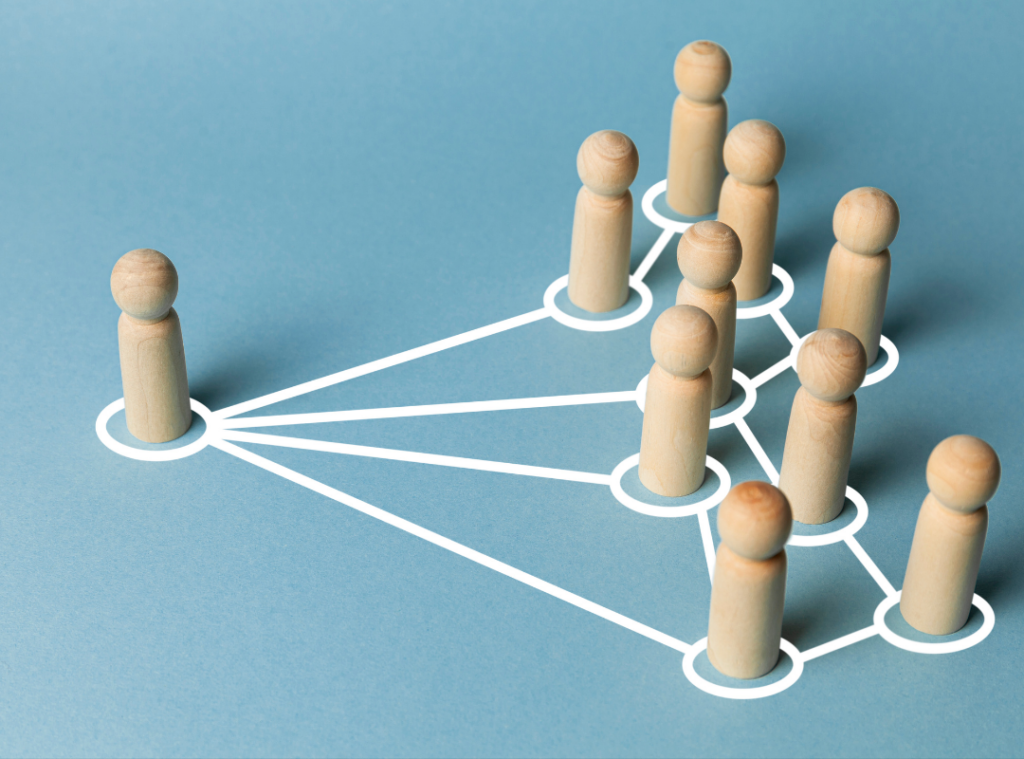SUBSCRIBE TO OUR NEWSLETTER
Don`t miss out on exclusive impact stories, updates about our work, research, and learning tips. Subscribe to Venture 2 Impact newsletter!

This article was co-written by Emilie Chiasson, Innovation & Design Consultant with the Aga Khan Foundation. Learn more about her work here: https://www.akfc.ca/ and here: https://www.emiliechiasson.com/
Disclaimer: We recognize that the term “international development” is flawed and promotes some harmful and colonialist views. We are in the process of researching and revising our use of the term and any alternatives, but in the meantime we will continue to use the term “international development,” for consistency and understanding.
Global challenges are increasingly complex, which means the responses must be equally complex. A few weeks ago, we sat down with Emilie Chiasson, Innovation & Design Consultant with the Aga Khan Foundation (AKF), and co-created a list of 4 key things to consider when innovating in international development.
Now, we’re pleased to present part 2: 6 more things to consider when innovating in international development!

As designers, we can be easily tempted by a challenging problem with a need for a complex solution. But often the first challenge we see isn’t the actual root cause of the issue we’re trying to address. It’s essential to understand the root causes and systemic challenges surrounding the issue, otherwise we risk creating a band-aid solution that addresses a symptom of a problem rather than the deeper problem itself and has little to no long-lasting positive impact.
Venture 2 Impact (V2I) is partnering with an international nonprofit dedicated to delivering sustainable solutions to the challenges of climate change and biodiversity loss. We were engaged to support them in accelerating progress towards their organizational environment and climate goals. However, during our initial co-creative design process, the project team discovered that the root cause actually went back to the creation of those goals; they had been developed in an environmental science silo, without considering the finances, resources, and partners required for their implementation.
By ensuring that we understood the root causes of the issues our partner was experiencing, V2I, along with skilled volunteers from Fortune 500 companies, was able to support them to identify ways to meet their climate goals by looking at the system holistically. By taking the time to understand the deeper context at play, our project had a far greater long-term impact than it would have otherwise.

Everyone’s an expert of their own lived experience. Many communities around the world are already aware of explicit social, economic, and technical challenges they’re experiencing, and are working to address them without international support.
The best way for designers to support community members is by working directly with established locally-run organizations. Implement capacity-sharing practices, where the design team learns from the local community about their lived experience and how local challenges are being addressed, while the local organization gains knowledge, skills, and greater ability to scale their reach and impact.
V2I has led multiple in-person volunteer programs in Romania, working with young people and children to grow their tech, business, and English skills. An opportunity made possible through our close partnership with Hope & Homes for Children (HHC) Romania. Collaborating with HHC Romania was crucial to both program success and creating positive, human-centered impact in the community.
HHC Romania staff were instrumental in providing context on local challenges, needs, and values, as well as coordinating with the Romanian government and child protective services to ensure that the safety of the children and young people was the utmost priority. V2I would not have been able to support young people in Romania to grow their tech and business skills without the close support and direction of HHC Romania.

Indigenous philosophies and practices have long been undervalued and ignored. Indigenous peoples around the world have spent thousands of years learning and living in harmony with their environment, and as a result, their ancestral problem solving and design practices typically take a holistic approach that includes consideration of the environment and non-human lifeforms.
Fortunately, many Indigenous philosophies and perspectives from around the world are beginning to be considered in design and development work. Buen Vivir is a worldview present in many Indigenous communities in South America. An approximate English equivalent is “wellbeing,” however instead of looking at individual peoples’ wellbeing, Buen Vivir looks at the broader natural and cultural environment in which a person lives. In practice, incorporating principles of Buen Vivir means valuing food sovereignty, environmental justice, biodiversity protection, and more.
One of the main programs I support through my work with AKF, AGENCI (Adolescent Girls Education in Crisis Initiative), is working to tackle barriers to girls’ access to quality education. One of the key activities of the program is a gender equality campaign.
As opposed to using a higher level communication consultant to develop the messaging and communication products, we engaged a group of mostly girls and a few boys to co-create the problem frame, campaign identity, messages, and products, so that they are not only the designers but the champions bringing these messages to their peers.
As a result, the girls have been our clients and we are acting in service of them, with decision making authority in their hands. The adolescents and young people have just finished working with a local music producer to develop a song, to bring music to their campaign, Olu Alu (meaning togetherness in Madi, the local dialect in Moyo, Uganda). Stay tuned for the song and campaign’s full release later this year.

Design thinking, among other methods of innovation, requires a flexible and agile approach to problem solving that is guided by a set of core values and unmet needs, instead of a vision of a final product. When working to create human-centered social change, particularly in new and unfamiliar communities, it is crucial that these values and needs are defined by the impacted community. Understanding the motivations, attitudes, and behaviours of the impacted groups is key to creating sustainable innovations.
V2I collaborated with Per Scholas, a workforce development organization focusing on increasing diversity in tech, and skilled volunteers from Sage, a global tech company, to increase Per Scholas’s impact. Specifically, we worked to improve Per Scholas’s learner recruitment strategy so that they might meet their goal of enrolling 200 new learners in Atlanta per year. A quick Google search will offer plenty of suggestions for how to do this, but the key is knowing which one to choose – that’s where understanding the needs and values of the learners themselves is crucial.
Through this lens, V2I, Sage, and Per Scholas conducted interviews with relevant parties that revealed that the most effective way Per Scholas gained new learners was through word of mouth. The majority of learners expressed that they are more likely to join if the program is recommended by someone they know and trust. Gaining that piece of information allowed V2I to identify alumni as an underused resource, and incorporate them into the recruitment plan so Per Scholas could reach their goal of enrolling 200 new learners in Atlanta per year.

No one likes to be called poor, unmotivated, a dropout, or anything that defines them by their circumstances and challenges. Unfortunately, international development has traditionally leveraged damaging and victim centered language to evoke sympathy and the opening of pockets of a mostly western audience.
However, activism, engagement, and responsibility can be achieved without perpetuating harm, when communities are represented from an asset-based and aspirational perspective This not only puts the focus on growth and possibility, but it shifts the perspective of everyone involved to see a self-determined and independent future.
V2I and our partners Sage and Per Scholas are working to destigmatize employers’ views of young people from low-income communities in the Chicago job market. Many Chicago employers are hesitant to hire diverse young people from low-income communities because of the stigma attached to them. Per Scholas programming focuses on providing these young people with job-readiness training, while Sage is directly hiring alumni from these programs to meet their labour force needs, while modeling the way for other employers to reconsider Chicago’s low-income youth.
The success of this partnership demonstrates that when you focus on creating opportunities for young people to access tools and pathways to employment, they will rise to the challenge. By flipping the narrative and demonstrating possibility, young people can contribute to their well-being and their communities’ social and economic growth and development.

Projects designed to create social change by definition revolve around an impacted community. To make sure that your project is strengthening the fabric of the community, it is vital to define and evaluate success alongside that community.
Too often do projects focus mainly on idea generation, developing a high-level concept and then leaving it with the participants to test its ability to meet their needs, without providing any guidance on how to test, what to look for, and how to communicate its value. You can help ensure that the impacted community feels confident and supported in testing prototypes by defining success by their standards and co-creating ways to evaluate that success.
V2I and our partner Scale Without Borders (SWB) have been working to shift Canadian tech employer practices to be more inclusive of immigrants and refugees. Since this challenge plays into much larger systemic issues, we decided to conduct a 4-month discovery process to ensure we understood the actual challenges, needs, and lived experiences of those involved.
We conducted ethnographic interviews with both recent and long-term immigrants to Canada from over 10 countries, as well as representatives from the Canadian tech sector, to co-define project success. We have continued to incorporate feedback and ideas from these groups as the project evolves, to remain consistent in our goal of increasing meaningful employment opportunities for skilled newcomers to Canada. Once the project wraps up, we will evaluate project success alongside a similar group of key stakeholders to reflect on its outcome and to define next steps.
Stay tuned for more updates!
To conclude, innovation and design are complex practices that require constant re-evaluation and improvement, but that offer far greater potential for impact. Make sure you do your research, and most importantly, listen to those who you are working to serve.
Don`t miss out on exclusive impact stories, updates about our work, research, and learning tips. Subscribe to Venture 2 Impact newsletter!
